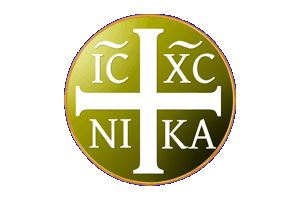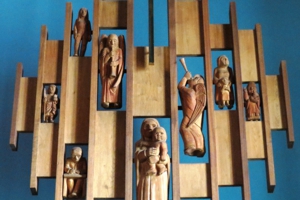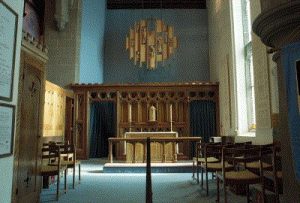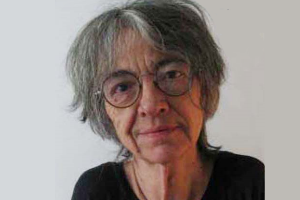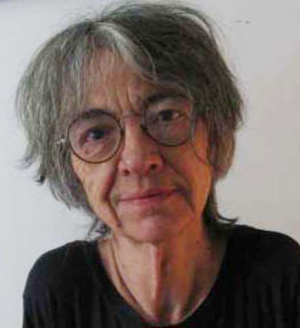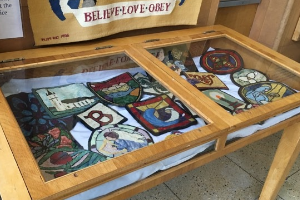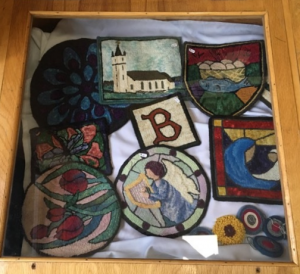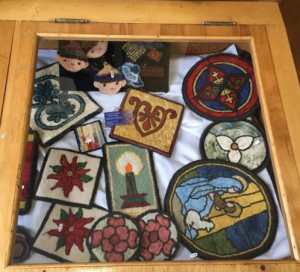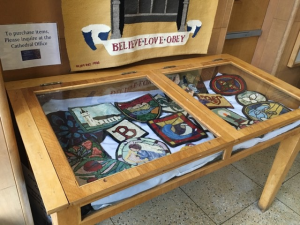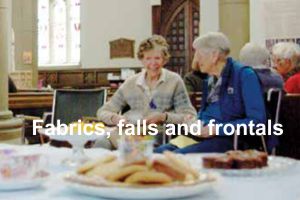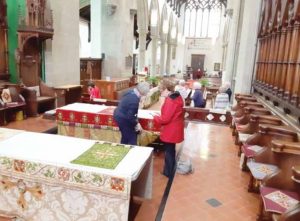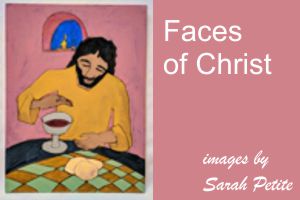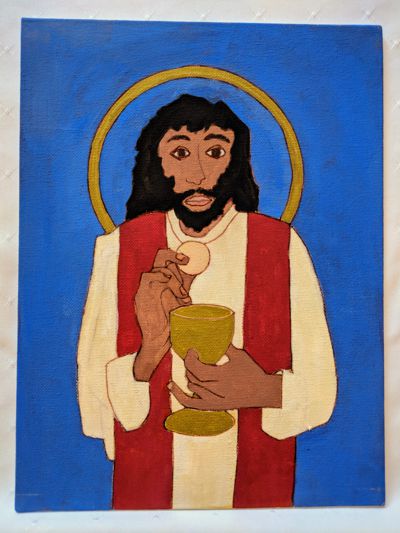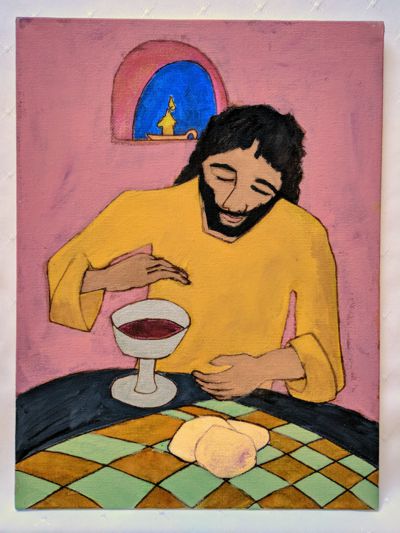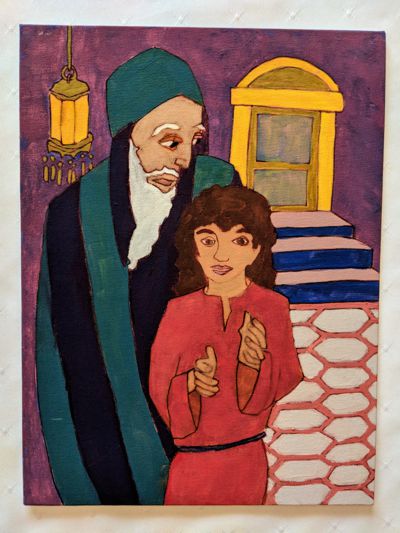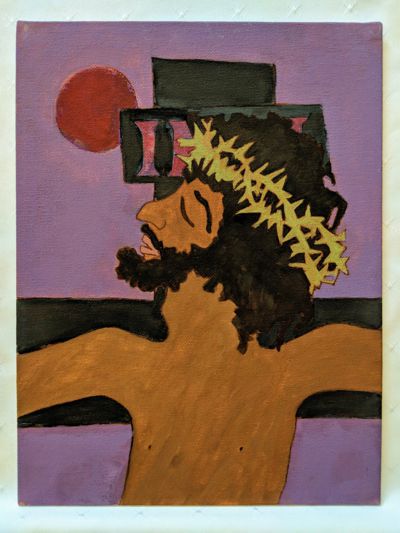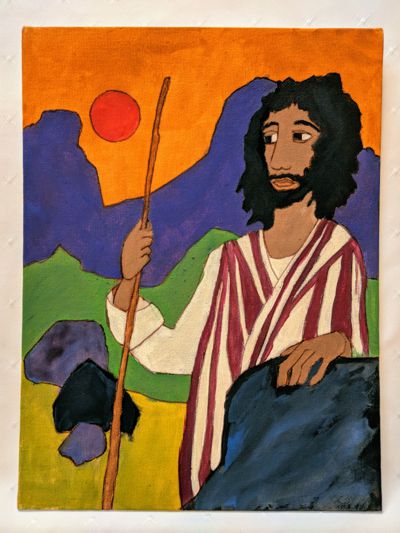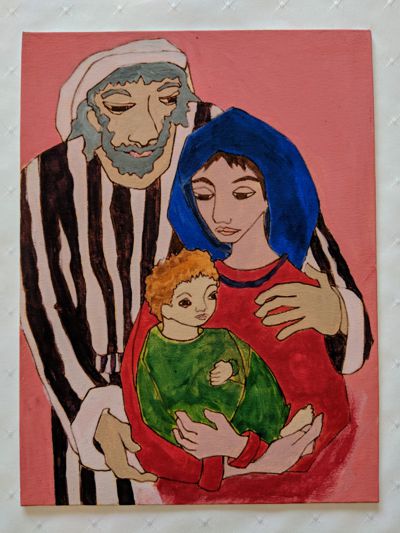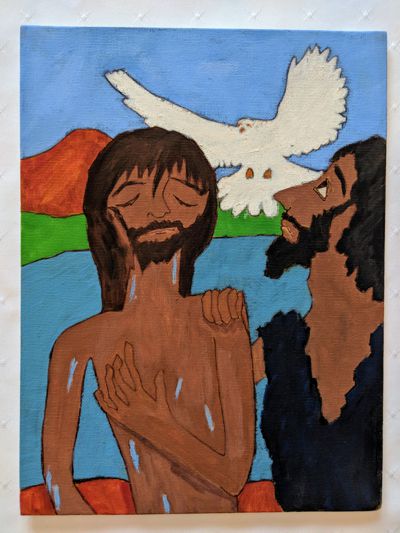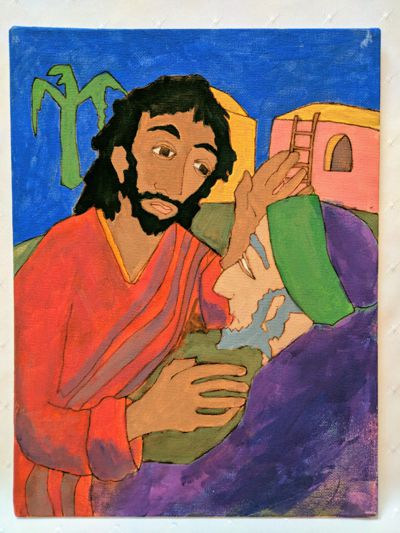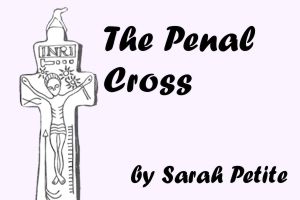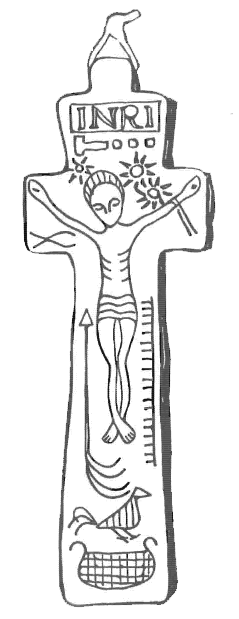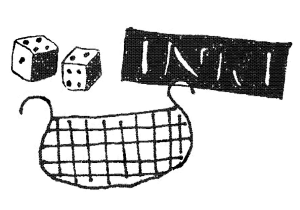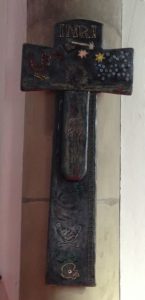ησο ς Χριστὸς νικ is the Greek that in English is often written IC XC NIKA.
This symbolism is perhaps most appropriate to the Easter season and important at any celebration of the Resurrection such as a funeral or memorial – “Jesus Christ conquers.”
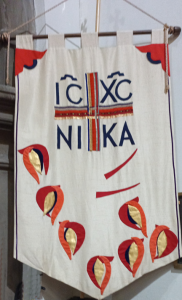
Christian denominations through history have incorporated this symbol in their denominational imagery, and it appears on various vestments, banners, or engravings. Popular in the Eastern Christian tradition, it often appears in iconography. Traditions where Communion is important have often had the formula stamped on communion breads.
Some biblical passages worth reflection and associated with the message:
Romans 8:31-39
1 Corinthians 15:50-58
What does it mean to be more than conquerors?
Psalm 20
What kinds of “victories” do we yearn for? What victory does the Psalmist describe? How are they similar or different from the victories of Romans 8?
1 John 5:1-5
How might this passage influence your understanding of Christ as conqueror?
